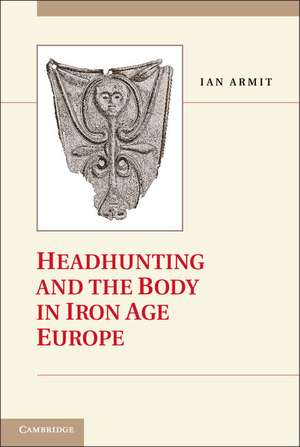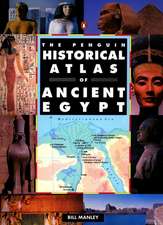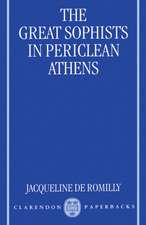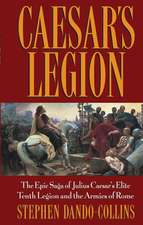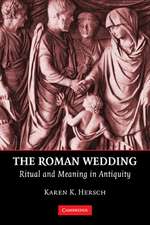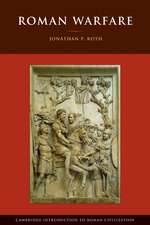Headhunting and the Body in Iron Age Europe
Autor Ian Armiten Limba Engleză Hardback – 18 mar 2012
Preț: 745.08 lei
Preț vechi: 866.38 lei
-14% Nou
142.59€ • 154.83$ • 119.77£
Carte tipărită la comandă
Livrare economică 22 aprilie-06 mai
Specificații
ISBN-10: 0521877563
Pagini: 272
Ilustrații: 76 b/w illus. 6 maps 5 tables
Dimensiuni: 184 x 259 x 17 mm
Greutate: 0.64 kg
Editura: Cambridge University Press
Colecția Cambridge University Press
Locul publicării:New York, United States
Cuprins
1. Detached fragments of humanity; 2. A remarkable spiritual continuity?; 3. Shamans on the march; 4. Pillars, heads, and corn; 5. Neither this world, nor the next; 6. From the dead to the living; 7. Gods and monsters; 8. Bodies of belief.
Recenzii
Descriere
Across Iron Age Europe the human head carried symbolic associations with power, fertility status, gender, and more. Evidence for the removal, curation and display of heads ranges from classical literary references to iconography and skeletal remains. Traditionally, this material has been associated with a Europe-wide 'head-cult', and used to support the idea of a unified Celtic culture in prehistory. This book demonstrates instead how headhunting and head-veneration were practised across a range of diverse and fragmented Iron Age societies. Using case studies from France, Britain and elsewhere, it explores the complex and subtle relationships between power, religion, warfare and violence in Iron Age Europe.
